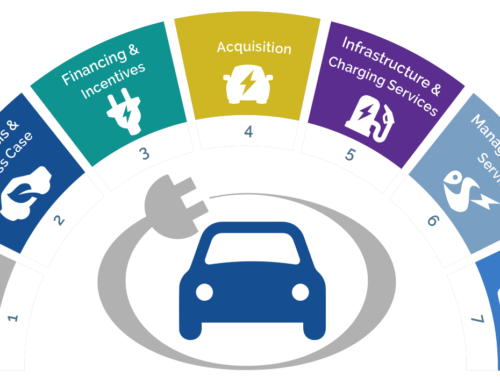Checklist for your Vehicle’s Maintenance this Cold Season
Preventative Maintenance Now = Worry Free Driving This Winter
The vacations are over, the kids are back in school and cooler evenings have begun. Take advantage of this time to prepare your vehicle for the winter ahead. Breakdowns, never convenient, can be dangerous in cold weather period.
The following tips are a good road map to fall car care:
First Things First
Review your Union Maintenance service schedule for any service needing to be done at your mileage interval.
Engine Performance
Have engine drivability problems (hard starts, rough idling, stalling, diminished power, etc.) corrected at a good repair shop. Cold weather will make existing problems worse.
Fuel – Gasoline
At the first signs of frost, put a bottle of fuel de-icer in your tank once a month to help keep moisture from freezing in the fuel line. Note, too, that a gas tank that’s kept filled helps prevent moisture from forming in the first place.
Fuel – Diesel
When the weather starts turning cold, especially at night, add Anti-Gel to the fuel tanks at every fill up. Follow the manufacturer’s directions on the bottle for how much product to add based on your fuel tanks capacity. Doing this will prevent the diesel fuel’s viscosity to thicken due to the cold and allow it to flow thru the lines and filters freely, eliminating starting and running issues.
Cooling System
The cooling system should be checked and topped off as needed. The level, condition, and concentration of the coolant should be checked periodically. (A 50/50 mix of anti-freeze and water is usually recommended.) The tightness and condition of drive belts, clamps, and hoses should be checked by a certified auto technician.
Heater/Defroster
The heater and defroster must be in good working condition for passenger comfort and driver visibility.
Windshield Wipers
Replace old blades. If your climate is harsh, purchase rubber-clad (winter) blades to fight ice build-up. Stock up on windshield washer solvent, you’ll be surprised how much you use. Carry an ice-scraper.
Battery
The only accurate way to detect a weak battery is with professional equipment. Technicians will remove corrosion from posts and cable connections; clean all surfaces; re-tighten all connections and test battery health.
Lights
Inspect all lights and bulbs; replace burned out bulbs; periodically clean road grime from all lenses with a moistened cloth or towel. To prevent scratching, never use a dry rag.
Tires
Worn tires will be of little use in winter weather. Examine tires for remaining tread life, uneven wearing, and cupping; check the sidewalls for cuts and nicks. Check tire pressure once a month. Let the tires “cool down” before checking the pressure. Rotate tires as directed on your Maintenance schedule. Don’t forget your spare and be sure the jack is in good condition. For those in Colorado, new traction laws require a minimum of 4/32 of tread on tires when traveling in snowy conditions. Check your state and local laws for more information.
Emergencies
Carry gloves, boots, blankets, flares, a small shovel, sand or kitty litter, tire chains, a flashlight, and a cell phone. Put a few “high-energy” snacks in your glove box.
Being proactive will save down time and limit roadside breakdowns during the winter months and prepping for cold weather emergencies can be a lifesaver.
For more information, hit the “Get in Touch” button on the right of the page!




